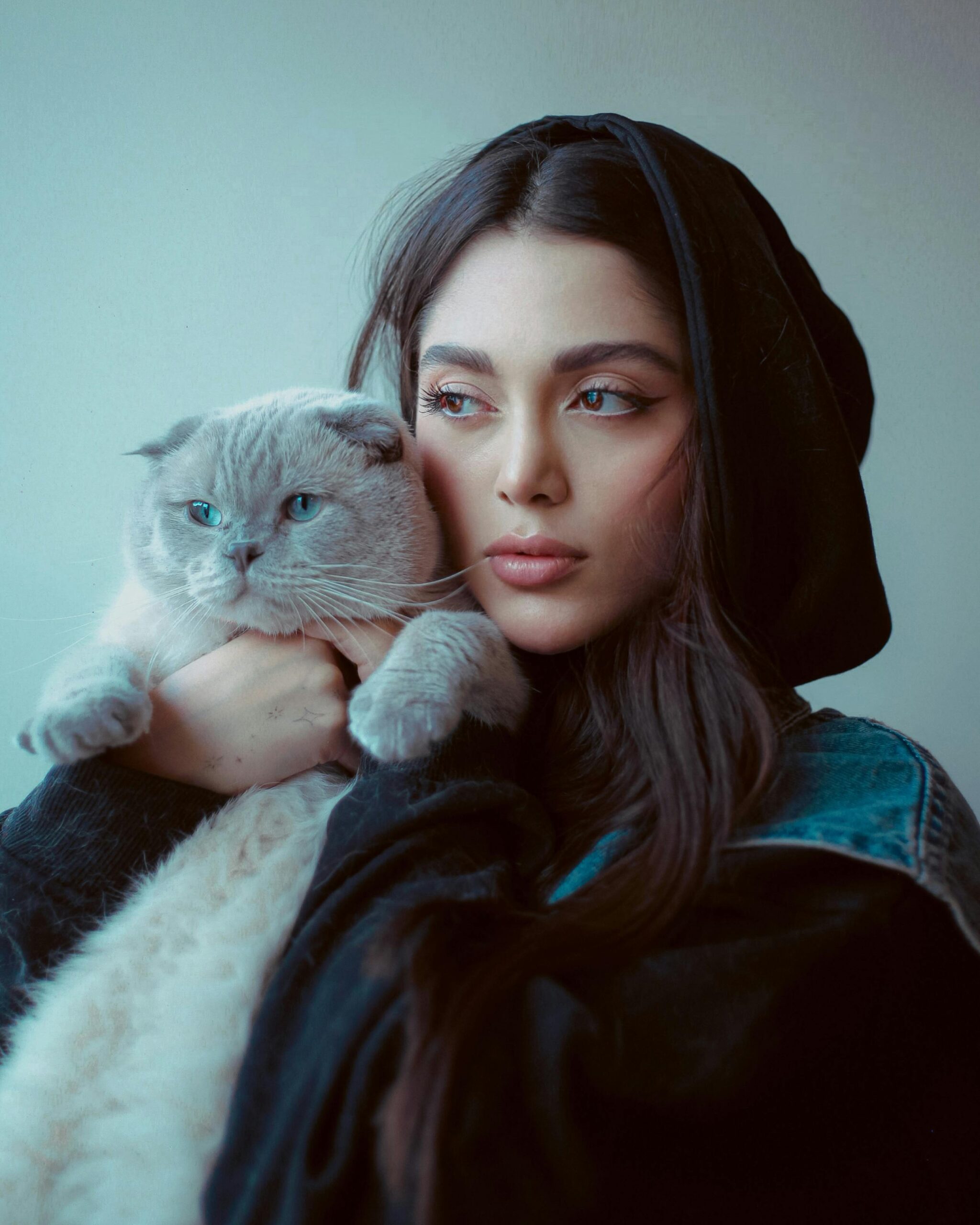When it comes to your personal style, making confident choices can feel empowering and uplifting. From selecting the perfect outfit for a special occasion to finding your go-to everyday attire, your style choices are a reflection of your unique personality and individuality. This article explores the art of making confident style choices, providing practical tips and valuable insights to help you navigate the world of fashion with self-assurance and flair. Whether you’re a fashion enthusiast or simply looking for inspiration, get ready to embrace your authentic style and step into the world with confidence.
Choosing the Right Colors

This image is property of images.pexels.com.
Check out our Product Reviews!
Identify your skin undertone
When it comes to choosing the right colors to wear, one of the first things you should consider is your skin undertone. Understanding your undertone can help guide you in selecting colors that will complement your complexion and enhance your natural beauty. There are three main undertones: cool, warm, and neutral.
If you have a cool undertone, you will typically have pink or blue undertones in your skin. Colors like jewel tones, icy blues, and purples tend to look great on cool undertones. On the other hand, if you have a warm undertone, you will have yellow or peach undertones in your skin. Warm colors such as earthy tones, oranges, and golden shades can be particularly flattering on warm undertones. If you have a neutral undertone, you have the lucky ability to wear a wide range of colors!
To identify your undertone, take a look at the veins on your wrists. If your veins appear bluish, you likely have a cool undertone. If your veins appear greenish, you likely have a warm undertone. And if you can’t quite tell if they’re blue or green, you likely have a neutral undertone.
Check out our Product Reviews!
Understanding color psychology
Color psychology plays an important role in how we perceive and experience different colors. Different colors can evoke different emotions and impact our mood. It is essential to understand the basic principles of color psychology when choosing the right colors for your outfit.
For example, warm colors like red, orange, and yellow tend to be associated with energy, warmth, and passion. These colors can make a bold statement and attract attention. On the other hand, cool colors like blue, green, and purple are often associated with calmness, tranquility, and stability. These colors can create a sense of serenity and relaxation.
When selecting colors for your outfit, think about how you want to feel and the impression you want to make. Do you want to project confidence and strength? Consider wearing colors like red or navy blue. Looking to create a sense of calm and approachability? Opt for soft blues or greens. By understanding color psychology, you can make informed choices that align with your intentions and personal style.

This image is property of images.pexels.com.
Consider the occasion
The occasion should also influence your color choices. Different settings and events may call for different colors to ensure you feel appropriate and stylish. For formal events like weddings or black-tie affairs, it’s often best to stick to traditional and elegant color options such as classic blacks, grays, and navy blues.
For casual occasions, you have more flexibility to experiment with bolder and brighter colors. Summer gatherings and outdoor events can be the perfect opportunity to embrace vibrant hues like coral, yellow, or teal. However, always consider the venue and the dress code to make sure your color choices align with the event.
It’s also important to consider the time of day when selecting colors for your outfit. For daytime events, lighter and softer shades tend to be more suitable, while darker and more dramatic tones can be reserved for the evening.

This image is property of images.pexels.com.
Experiment with color combinations
While it’s important to consider individual colors, don’t be afraid to experiment with different color combinations. Combining colors can create a visually appealing and eye-catching outfit. Understanding color harmony and balance can help you create stunning looks that reflect your personal style.
One basic method for color combination is the use of complementary colors. Complementary colors are opposite each other on the color wheel, like blue and orange or red and green. They create a strong contrast and can make your outfit pop. Another option is analogous colors, which are next to each other on the color wheel, like blue and green or red and orange. This color combination creates a more harmonious and cohesive look.
Don’t be afraid to mix patterns and textures to add depth and visual interest to your outfit. Pairing complementary colors with different patterns or textures can create a unique and stylish ensemble. However, be mindful of balance and avoid overwhelming your outfit with too many vibrant colors or patterns.
Remember, fashion should be fun and expressive. Experiment with different color combinations to find what suits you best and makes you feel confident. Trust your instincts and let your personal style shine through!
